Alexander Winton was Henry Ford’s great adversary both in racing and in building automobiles for customers. Winton is widely acknowledged as the first to set up a formal manufacturing operation for automobiles in America and to begin building, assembling and shipping them in series. In 1897 he and his foreman, William A. Hatcher, had driven a two-cylinder Winton from Cleveland to New York. In 1898 his company, the Winton Motor Carriage Company in Cleveland, sold 22 automobiles. In 1899 the number grew to an even 100. While Winton’s speed record cars attracted attention the single event which shone the spotlight of national publicity on the company and its products was the journey of H. Nelson Jackson and Sewall K. Crocker from San Francisco to New York City in a two-cylinder 20 horsepower Winton Runabout in the late spring and summer of 1903. The trip took 64 days, of which 44 were actually spent on the road, Jackson and Crocker being the first to appreciate the unique pleasures of cross-country sightseeing. In retrospect their journey amounts to something nearly unimaginable. There were literally no roads for much of the trip, no bridges across rivers, streams or gullies, no maps, no water and most significantly no gasoline, oil or tires save what could be stockpiled along their route by their own planning and foresight. Their little Winton runabout, piled high with supplies, tires and camping equipment, must have been quite a sight to the settlers and indigenous residents they encountered along the way. Jackson donated his cross-country Winton runabout to the Smithsonian Institution in 1944 where it is displayed with Winton’s 1902 “Bullet No. 1” and 1903 “Bullet No. 2” race cars, the latter being the first 8-cylinder engine powered automobile built in America. The two-cylinder Winton had many intriguing and unusual features. The engine is located in the center of the car with an unusual 2-speed transmission with a separate clutch within the gearbox for each speed. The gears were in constant mesh but were driven only when one of the clutches was engaged so the driver of a Winton always had “clashless” gear selection. The same lever system which selected the gearbox clutches also engaged the brake band on the drive sprocket for the chain drive to the rear axle differential. The rear wheels also have contracting band brakes controlled by a foot pedal. The 5.25 x 6 inch bore and stroke engine displaced 260 cubic inches and had a rated output of 22 horsepower using the ALAM formula. A centrifugal pump circulated cooling water through the engine and radiator located under the hood at the front of the car. Additional water was carried in a dual compartment storage tank with gasoline in the other compartment. Lubrication to both the engine and the gearbox was total loss, controlled by drip feeds and sight glasses. The unique feature of Winton’s engines was the actuation system for the intake valves which controlled the intake valves’ lift with compressed air. The carburetors had no throttle control but Winton’s system of controlling intake valve lift regulated the amount of air-fuel mixture admitted to the cylinders and therefore the speed of the engine. Engine speed also was adjusted by the driver’s control of ignition timing. The rear axle was suspended on full elliptical rear springs with trailing arms for axle location. The front axle used semi-elliptical leaf springs. Two seats perch high up behind the righthand steering wheel which is thoughtfully provided with a hinge in the steering column that swings the wheel up and out of the way of the driver when entering or leaving. The 1903 Winton Runabout in the Paine Collection is a duplicate of the Jackson/Crocker cross country model, one of about 850 Wintons built in 1903. It was acquired from the famous collection of Dr. Samuel Scher in the mid-60’s for whom it had been restored by Gus Reuter. Finished in light brown with a cream chassis lavishly embellished with striped decorati
Alexander Winton was Henry Ford’s great adversary both in racing and in building automobiles for customers. Winton is widely acknowledged as the first to set up a formal manufacturing operation for automobiles in America and to begin building, assembling and shipping them in series. In 1897 he and his foreman, William A. Hatcher, had driven a two-cylinder Winton from Cleveland to New York. In 1898 his company, the Winton Motor Carriage Company in Cleveland, sold 22 automobiles. In 1899 the number grew to an even 100. While Winton’s speed record cars attracted attention the single event which shone the spotlight of national publicity on the company and its products was the journey of H. Nelson Jackson and Sewall K. Crocker from San Francisco to New York City in a two-cylinder 20 horsepower Winton Runabout in the late spring and summer of 1903. The trip took 64 days, of which 44 were actually spent on the road, Jackson and Crocker being the first to appreciate the unique pleasures of cross-country sightseeing. In retrospect their journey amounts to something nearly unimaginable. There were literally no roads for much of the trip, no bridges across rivers, streams or gullies, no maps, no water and most significantly no gasoline, oil or tires save what could be stockpiled along their route by their own planning and foresight. Their little Winton runabout, piled high with supplies, tires and camping equipment, must have been quite a sight to the settlers and indigenous residents they encountered along the way. Jackson donated his cross-country Winton runabout to the Smithsonian Institution in 1944 where it is displayed with Winton’s 1902 “Bullet No. 1” and 1903 “Bullet No. 2” race cars, the latter being the first 8-cylinder engine powered automobile built in America. The two-cylinder Winton had many intriguing and unusual features. The engine is located in the center of the car with an unusual 2-speed transmission with a separate clutch within the gearbox for each speed. The gears were in constant mesh but were driven only when one of the clutches was engaged so the driver of a Winton always had “clashless” gear selection. The same lever system which selected the gearbox clutches also engaged the brake band on the drive sprocket for the chain drive to the rear axle differential. The rear wheels also have contracting band brakes controlled by a foot pedal. The 5.25 x 6 inch bore and stroke engine displaced 260 cubic inches and had a rated output of 22 horsepower using the ALAM formula. A centrifugal pump circulated cooling water through the engine and radiator located under the hood at the front of the car. Additional water was carried in a dual compartment storage tank with gasoline in the other compartment. Lubrication to both the engine and the gearbox was total loss, controlled by drip feeds and sight glasses. The unique feature of Winton’s engines was the actuation system for the intake valves which controlled the intake valves’ lift with compressed air. The carburetors had no throttle control but Winton’s system of controlling intake valve lift regulated the amount of air-fuel mixture admitted to the cylinders and therefore the speed of the engine. Engine speed also was adjusted by the driver’s control of ignition timing. The rear axle was suspended on full elliptical rear springs with trailing arms for axle location. The front axle used semi-elliptical leaf springs. Two seats perch high up behind the righthand steering wheel which is thoughtfully provided with a hinge in the steering column that swings the wheel up and out of the way of the driver when entering or leaving. The 1903 Winton Runabout in the Paine Collection is a duplicate of the Jackson/Crocker cross country model, one of about 850 Wintons built in 1903. It was acquired from the famous collection of Dr. Samuel Scher in the mid-60’s for whom it had been restored by Gus Reuter. Finished in light brown with a cream chassis lavishly embellished with striped decorati
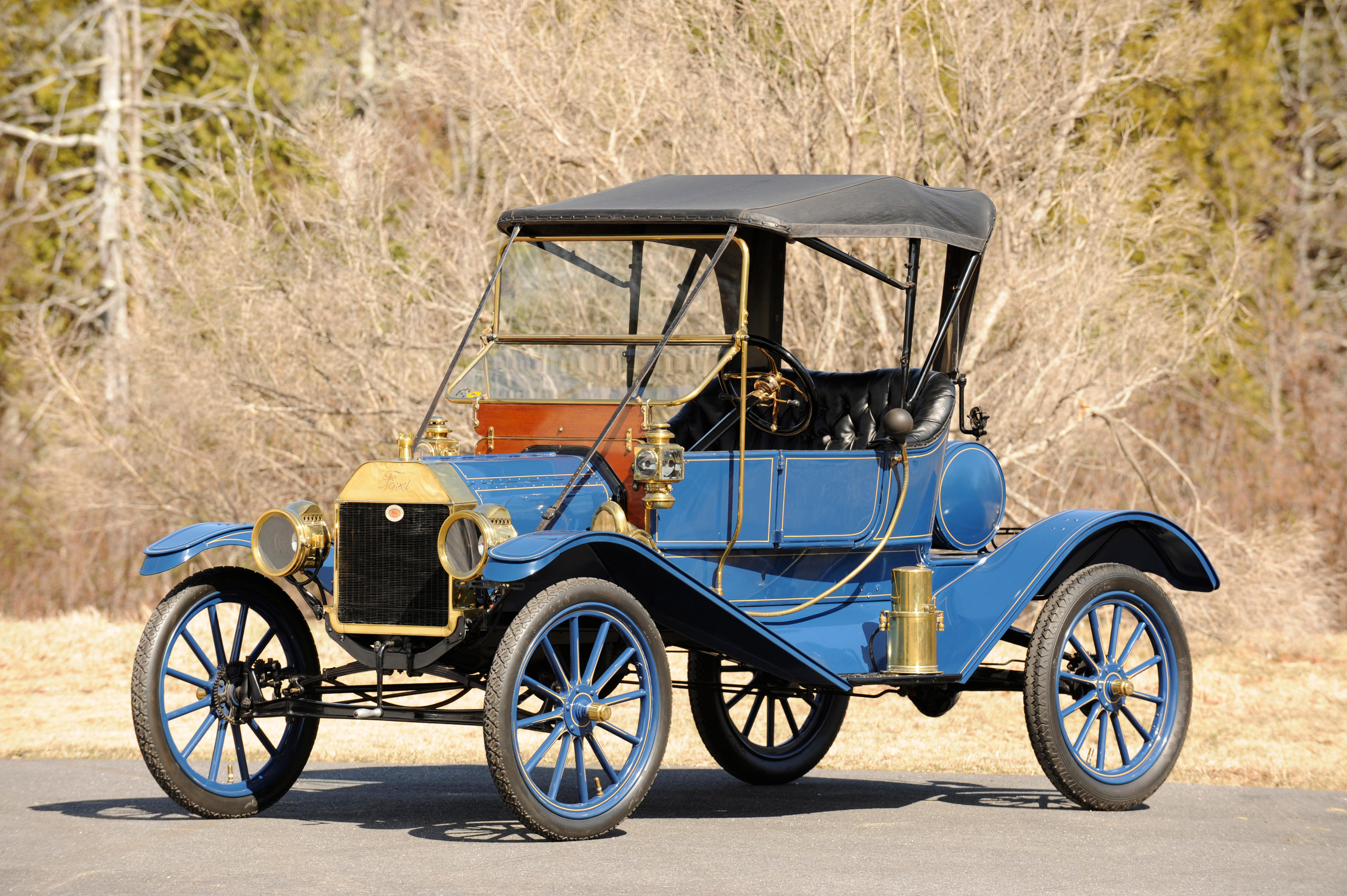


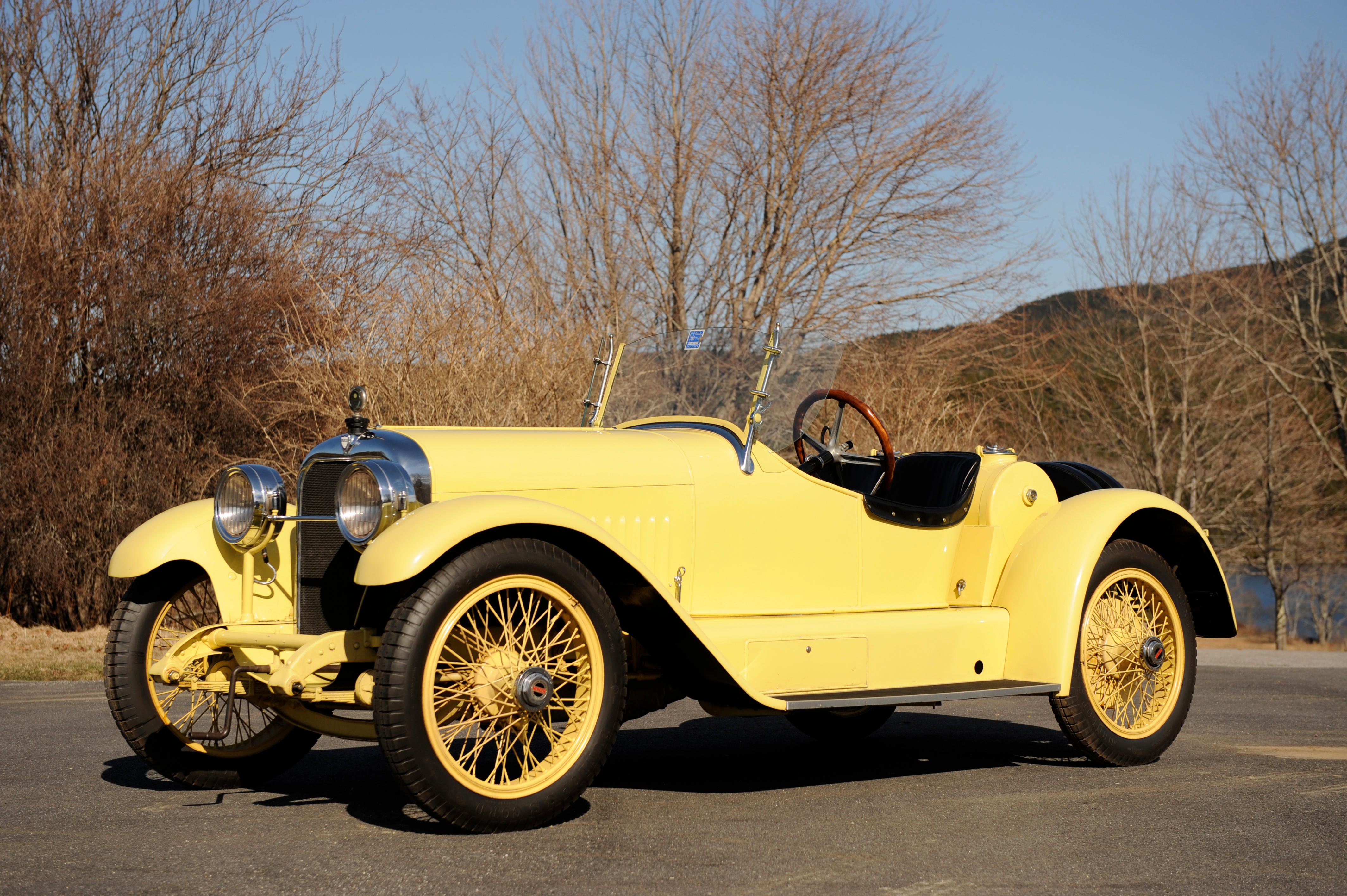
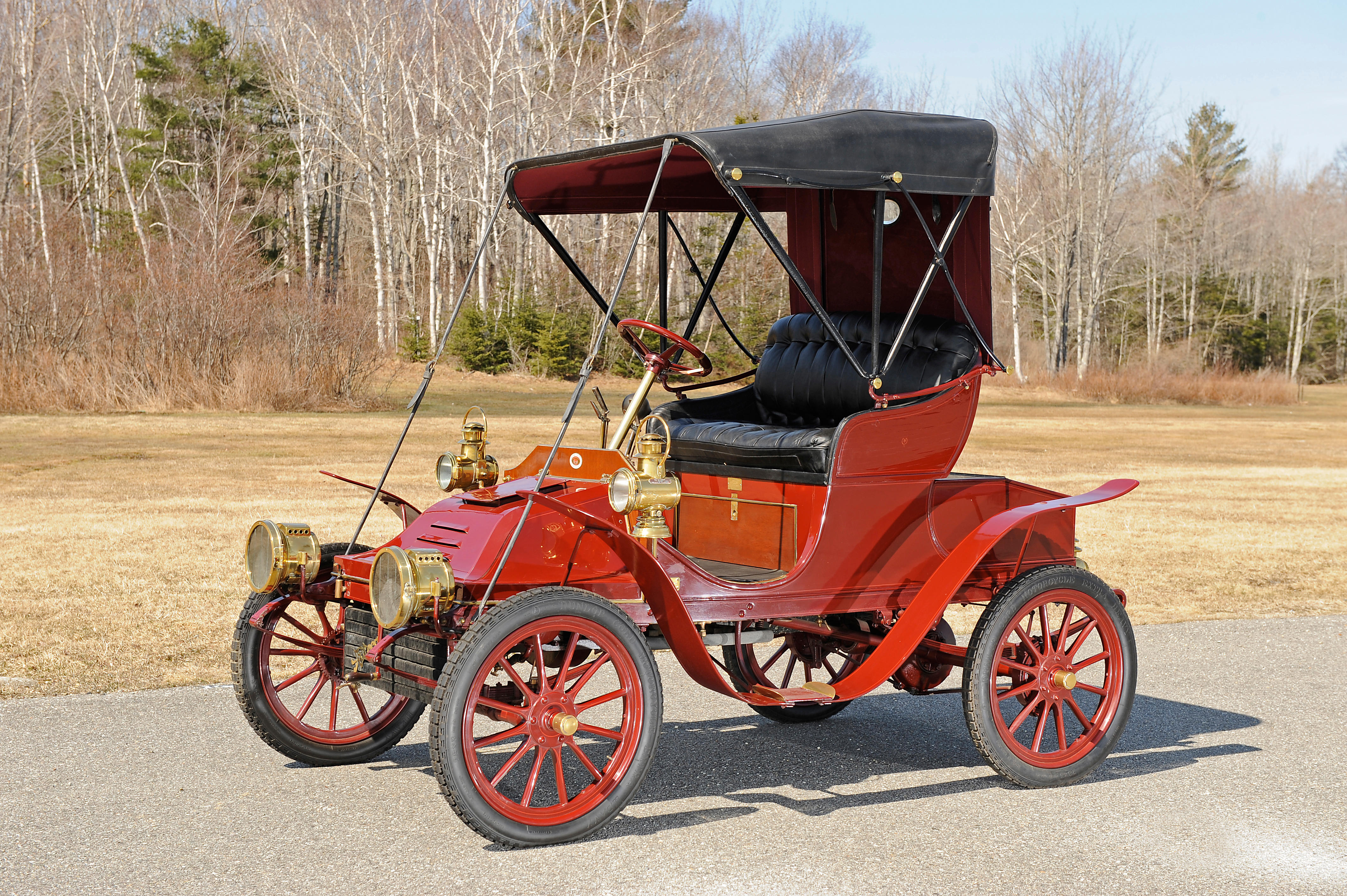

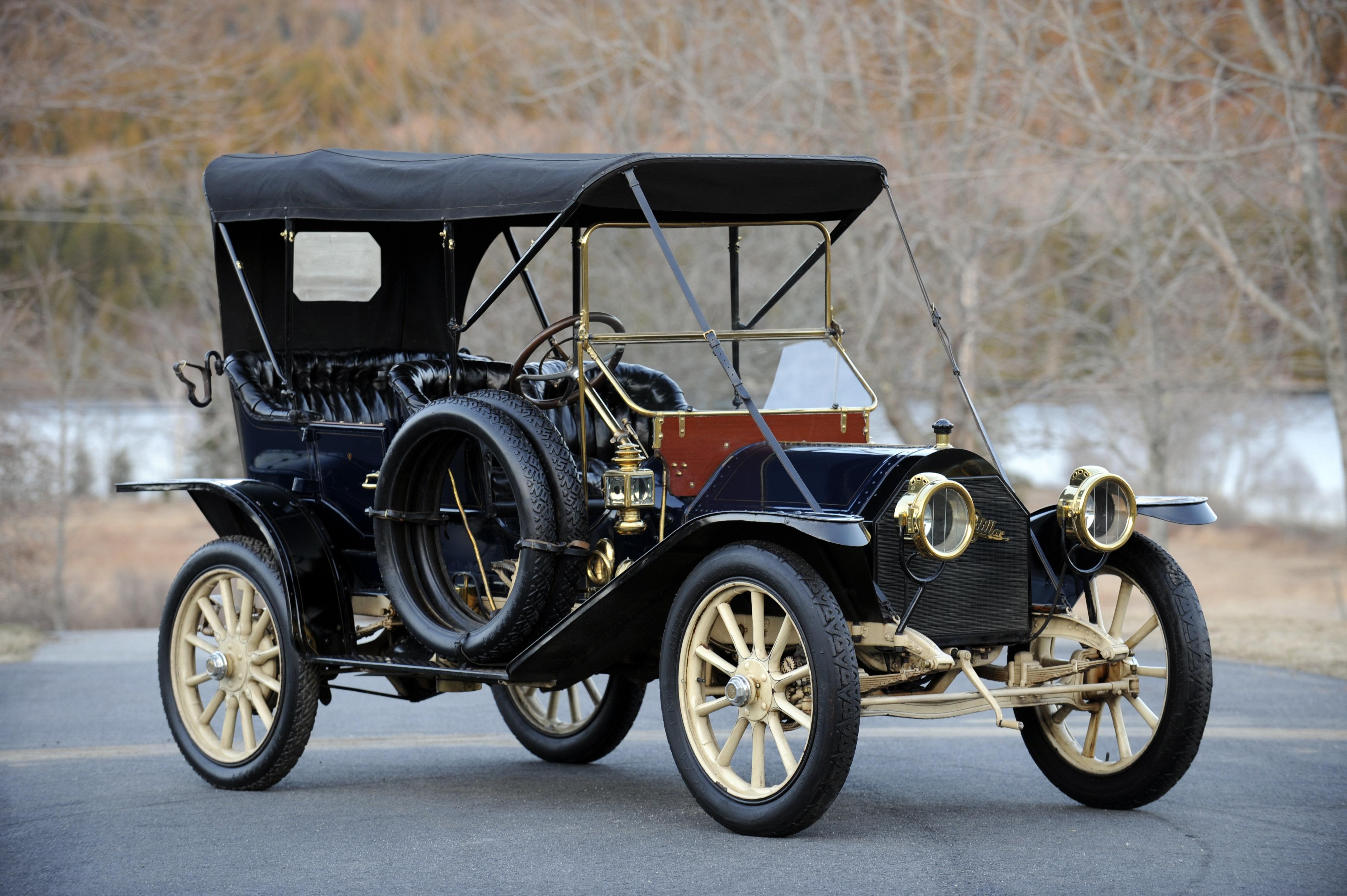
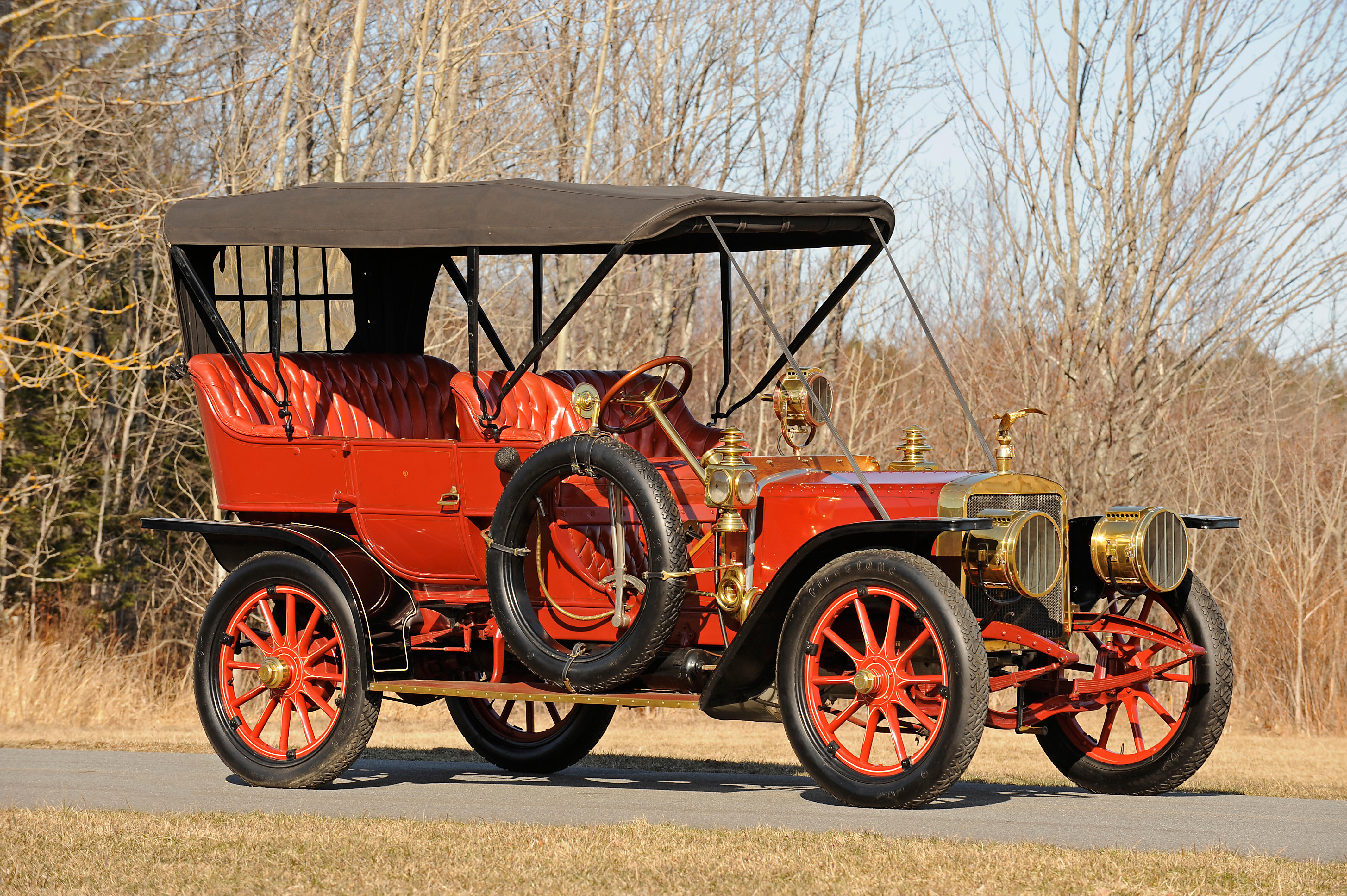
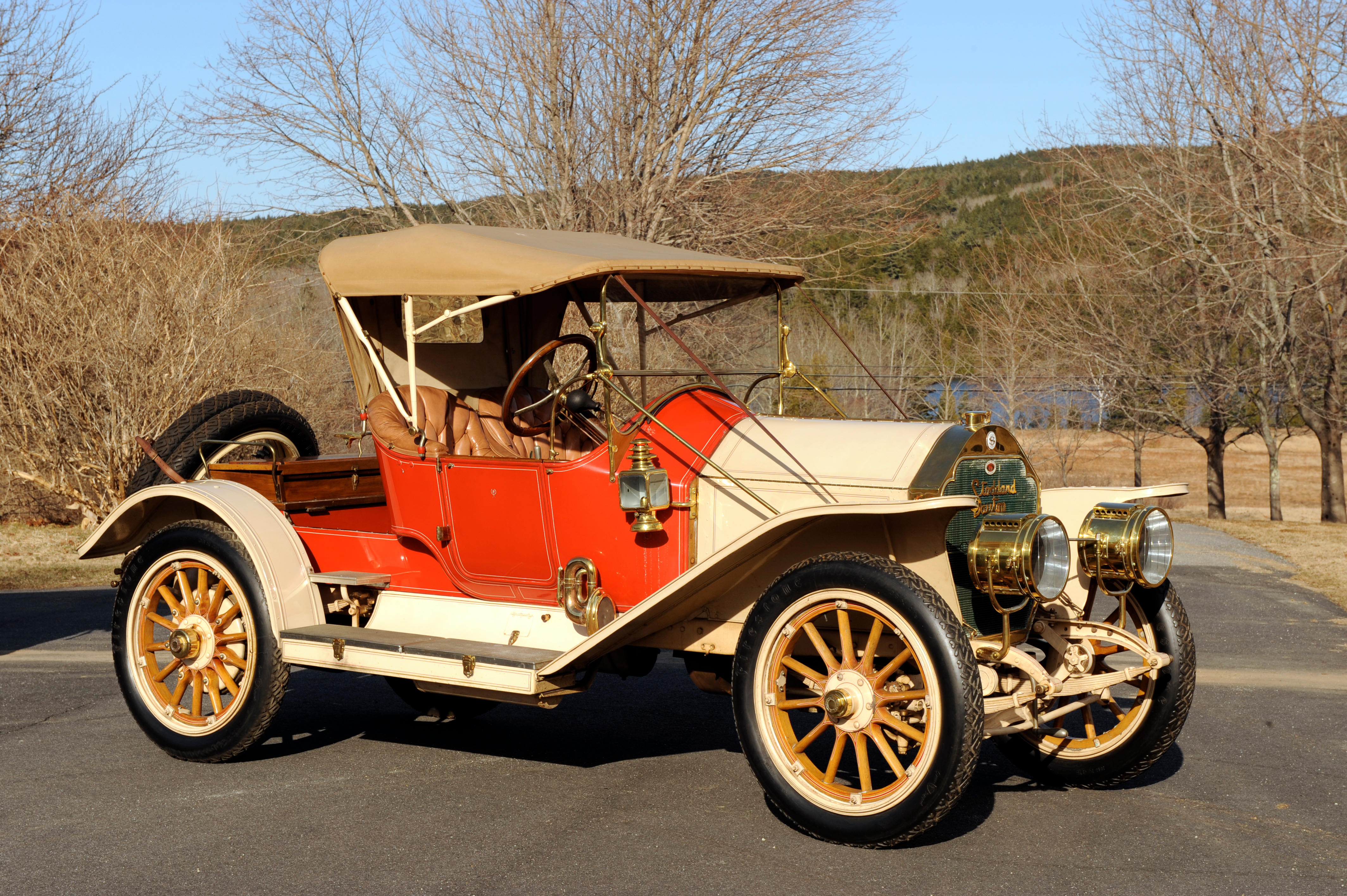
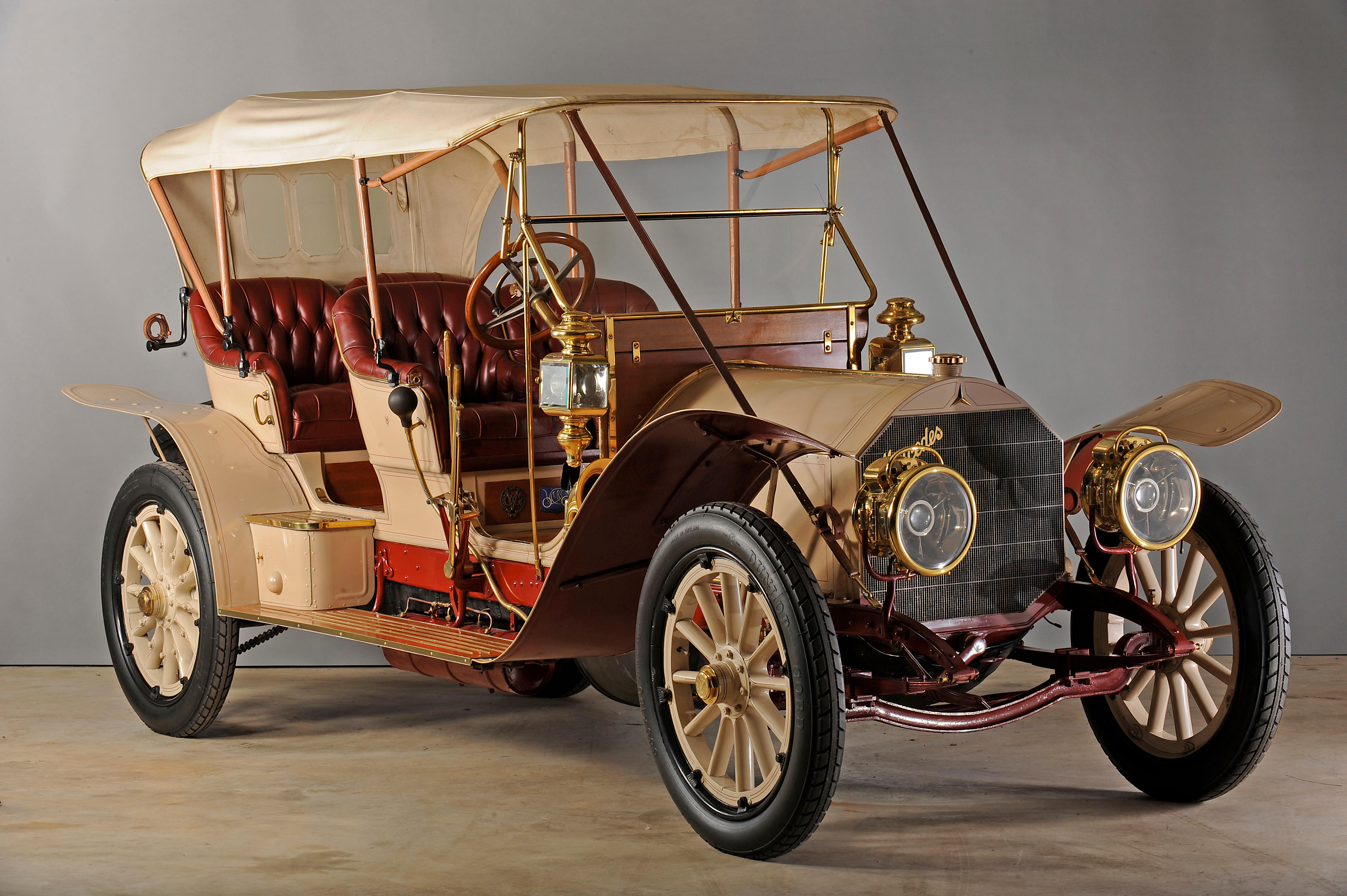
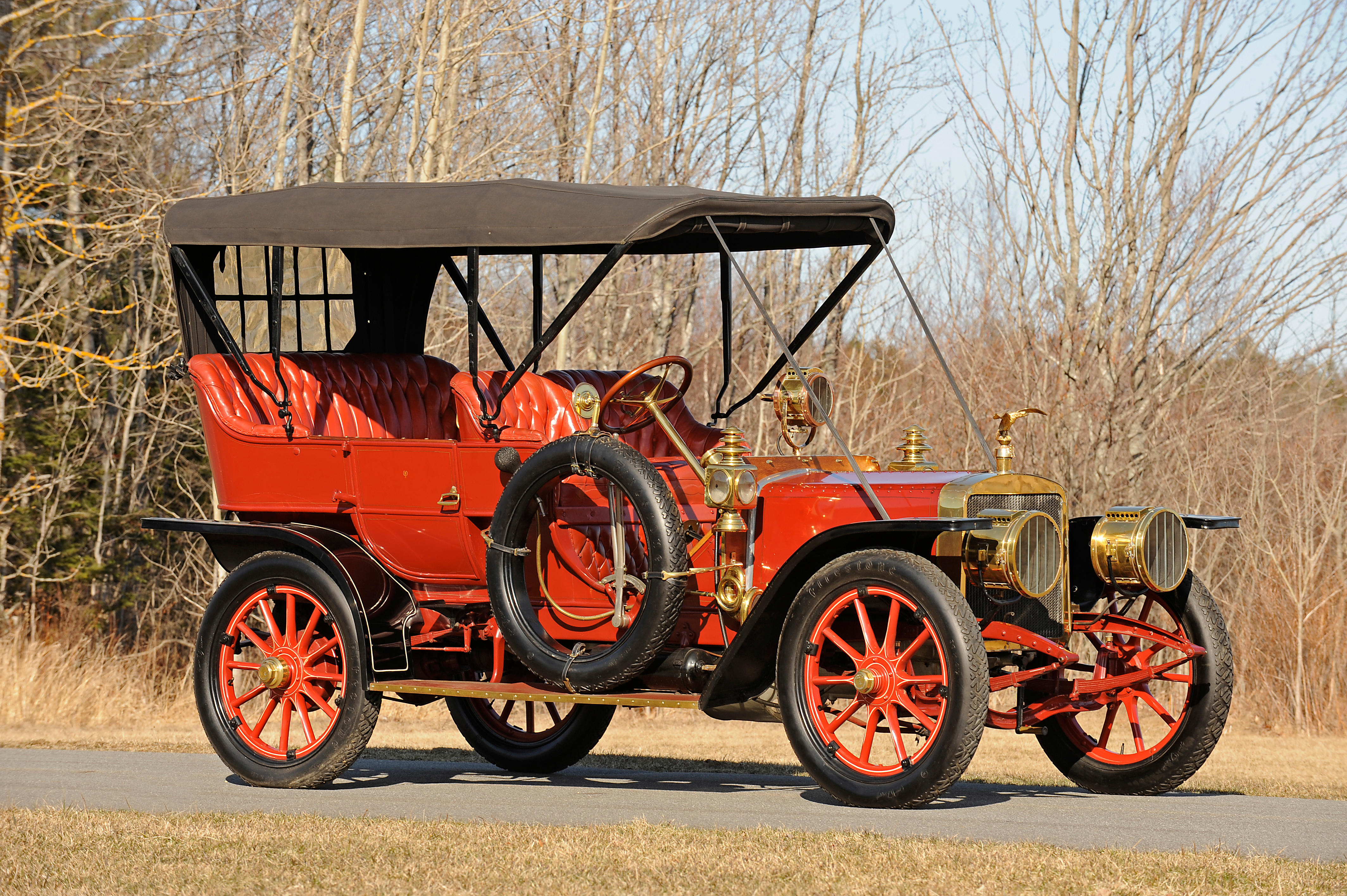
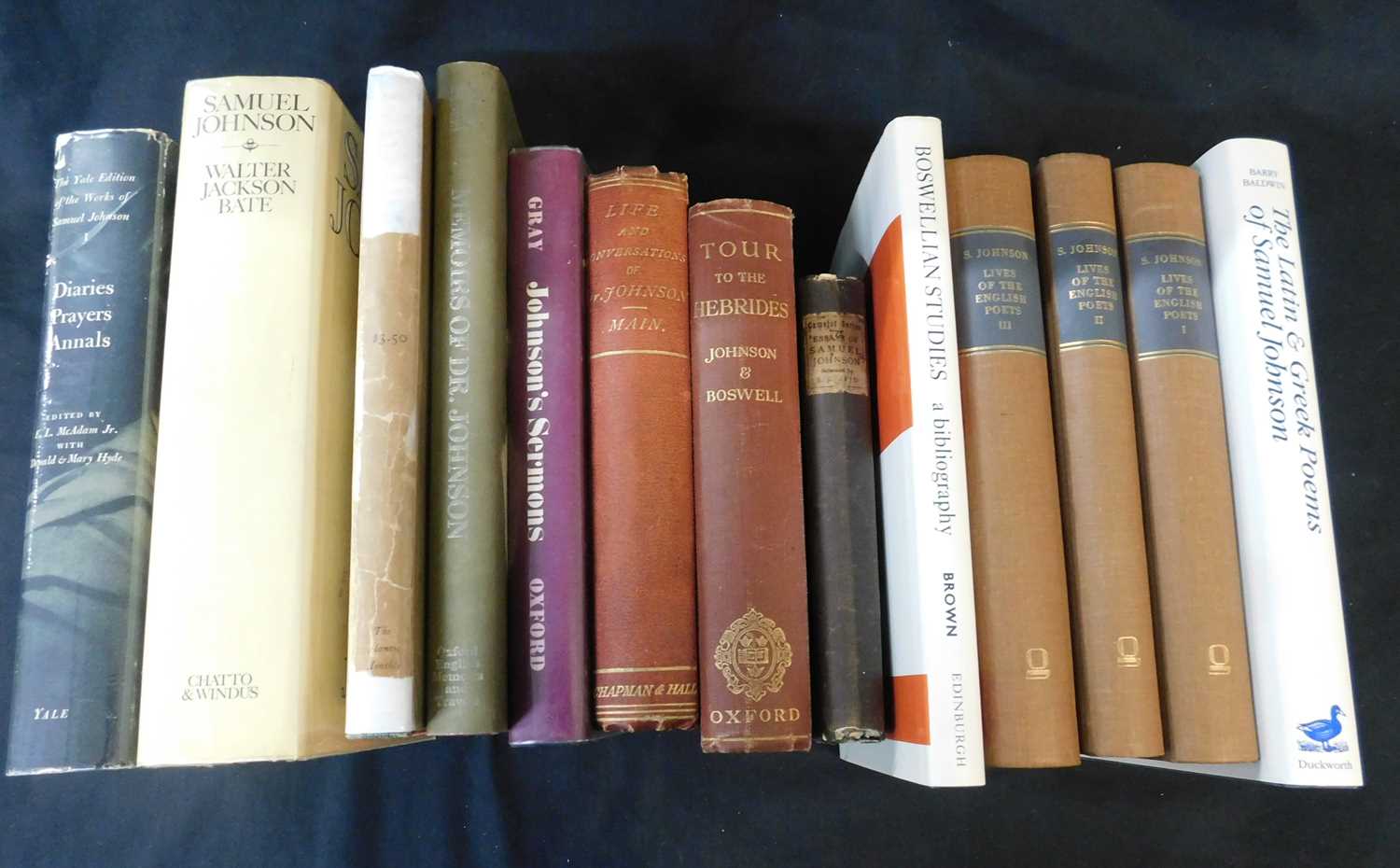



Try LotSearch and its premium features for 7 days - without any costs!
Be notified automatically about new items in upcoming auctions.
Create an alert